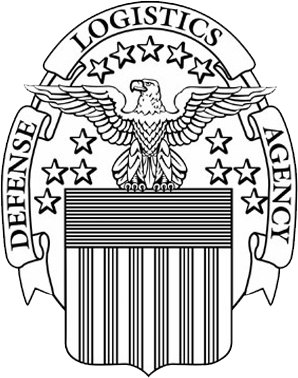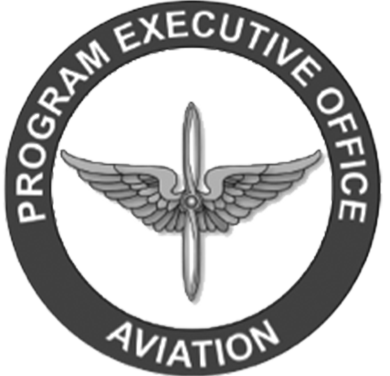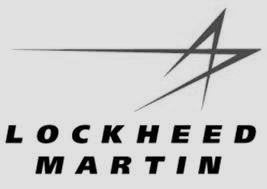Like most airplanes, the F-16 is made up of four basic structures: (1) fuselage, (2) wings, (3) horizontal tail, and (4) vertical tail. Inside each of these structures are smaller sections that house: (a) other structures such as bulkheads, (b) equipment (both electrical and mechanical), (3) tubing/ducting, and (4) electrical wiring harnesses. Tubing/ducting and electrical wiring harnesses are unique since they are routed through many sections of an aircraft. A wiring harness can start in the cockpit and run back to the engine bay. Most wiring harnesses are a part of multiple systems and thus wiring harnesses are not typically named after a system. Very seldom would you see a wiring harness named something like “The External Lighting System Wiring Harness”. Instead, they are generally named by what fuselage station (FS) they start and what fuselage station they end such as “Wiring Harness – FS 341 to FS 446”.
With this type of nomenclature in mind for wiring harnesses, when discussing the most problematic areas for Kapton wiring inside an F-16 it should be noted that part of a wiring harness may be installed inside an area where the environment is not very harsh, while other parts of the same wiring harness are routed into other areas that are severely harsh.
InterConnect Wiring has been designing and manufacturing F-16 wiring harnesses for over 25 years. InterConnect has also performed many laboratory tests on F-16 wiring harnesses that have been installed inside F-16’s for over 20 years. Based on: (1) laboratory tests, (2) physically taking apart and assessing the condition of used F-16 wiring harnesses, and (3) analyzing worldwide spare parts orders of F-16 wiring harnesses, here is the list of the ten most problematic areas for Kapton wiring inside an F-16. The list is from the worst areas (number 1 on the list) to the least areas (number 10 on the list).
1. Leading Edge of the Wings
2. Main Landing Gear Wheel Well
3. Nose Landing Gear
4. Aft Fuselage (Especially the Wiring Harness attached to the Battery and the Harness attached to the 10KVA Generator)
5. Aft Equipment Bay (Especially the Wiring Harnesses attached to the Gyros)
6. Engine Bay
7. Aerial Refueling Cavity
8. Fuel Cell Areas (Especially the Wiring Harnesses made with Convoluted Tubing)
9. Cockpit
10. Forward Fuselage
The cockpit and forward fuselage are listed as the least problematic because they typically undergo many major modifications; thus, these wiring harnesses are replaced much more often than any other area of the aircraft. Two such large avionic upgrades for F-16’s that replace almost all of these wiring harnesses are MLU (Mid Life Update) and CCIP (Common Configuration Implementation Program).
Finally, it should be noted that many people forget that F-16 pylon wiring harnesses also live in a harsh environment. Since pylons are not a permanent structure of an F-16 they were left off of the list. If they were added to the list, they would be listed as number 3.5.



























